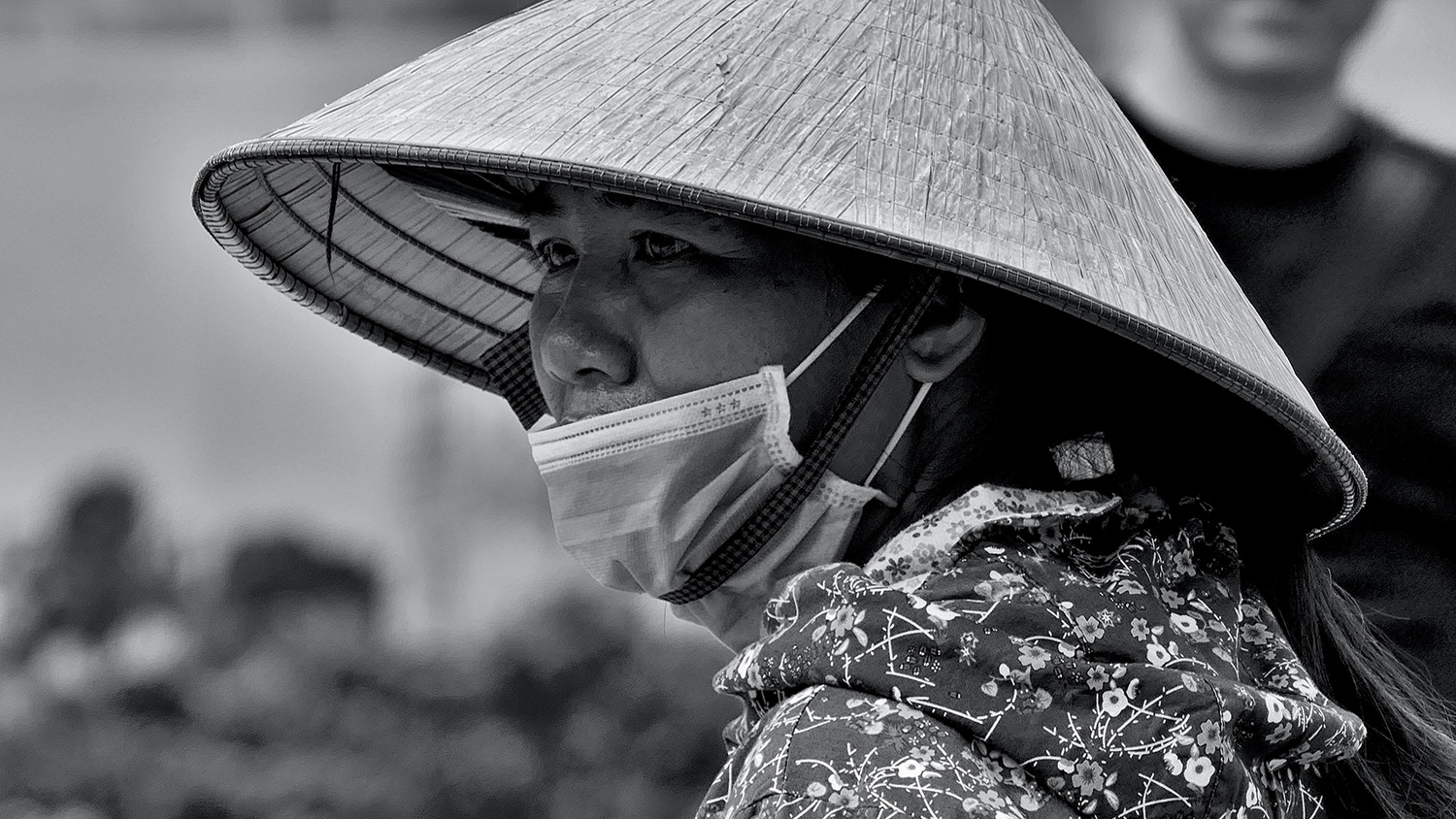Women Rising: Tackling the food and economy crises created by climate change and the COVID-19 pandemic

Linda Etale and Ranjitha Puskur
“I planted papayas on 5 kert (1.25ha) and lost the entire produce to flooding. Then I planted tomatoes. COVID-19 came…I lost income during the state of emergency because there was no transport."
A woman farmer in Ethiopia
African and Asian countries were already grappling with extreme weather events when the COVID-19 pandemic struck. For instance, floods and droughts in Niger caused a 12% decline in cereal production in 2019-20. Drought and flooding in 2019 in Zambia resulted in poor harvests of staple crops, like maize, leaving 1.7 million Zambians (18% of the total population) severely food insecure.
When governments worldwide put in place restrictive measures such as lockdowns, curfews, and, border closures to contain the spread of the COVID-19 virus, in many contexts, these also affected the agricultural activities of women.
This is particularly true in Sub-Saharan Africa and Asia where 60% and 43% of women, respectively, depend on agriculture for their livelihood and income. Under adverse situations, women experience immense pressure to provide food, water, and other necessities to their household members. During and after these events, agricultural supply chains are disrupted. Produce losses, labor and transport unavailability contribute to higher food prices. Similar challenges were experienced by women during the COVID-19 pandemic.
The restrictive measures affected labor availability according to a woman farmer in Senegal. “Workers from Guinea Bissau, Gambia, and other countries were not available due to travel restrictions and affected the labor we could hire. This led to a reduction in the areas planted and yields,” she said.
Women growing perishables, such as vegetables and fruits, experienced challenges in accessing markets due to the disruption in transportation. This resulted in produce and income loss and led to higher prices in the markets for consumers. This changed household spending patterns on food where the producers incurred income losses.
“Profits from my business have dwindled because processed fish has become expensive for my customers. This is because the fresh fish that I buy from farms became twice as expensive,” a woman fish processor in Zambia sharing her experience said.
To keep their businesses afloat, women had to reach out to financial institutions to access loans. However, this was not without challenges.
“I had a problem in getting the collateral to help me get enough money from the Citizen Economic Empowerment Commission scheme. The commission was only able to give me 5,000 kwachas (USD 282) which was not enough to meet the needs of my business,” the woman fish processor in Zambia added.
In 2021, the CGIAR GENDER Platform and the Food and Agriculture Organization of the United Nations (FAO) collaborated to assess the gender-responsiveness of various measures relevant to agriculture and food systems put in place in Ethiopia, Senegal, and Zambia during the pandemic. The study identified and analyzed measures that the governments and development agencies’ put in place in response to the needs of women in the three countries.
Women were provided access to loans, grants, inputs, animal disease control information, livestock pass-on programs, and cold storage units for perishable produce. There were also food and nutrition programs, cash transfers, produce processing and trading permits, and debt relief.
Although these measures did provide relief, the study observed that a majority of the responses were gender-neutral and more needs to be done on this front.
Similar strategies would also be quite relevant to building the resilience of women to the climate crisis. To rebuild their agricultural livelihoods after a disaster, women would benefit from fair input prices and extension services that are tailored for them to be able to produce more food and improve their environmental practices. They would also benefit from business development and financial skills training to build back their enterprises. Importantly, these women would profit from value addition training such as processing and packaging that targets consumers beyond their locality, for their perishable agricultural produce to expand their market reach and help them avoid income losses.
Women represent the majority of the world's poor and are proportionally more dependent on threatened natural resource-based sectors such as agriculture. However, the sector is more likely than other sectors to provide diverse opportunities for empowering women. Therefore, crisis response measures need to protect their livelihoods and empower them.
It is also necessary to invest in generating robust gender data and evidence to support effective targeting because the lack of such leads to response measures that tend to be best guesses. Investing in gender data and evidence would be useful in developing long-term strategies and not only for crisis situations. This should be the standard practice and not the exception.
Because women are not included in policy-making processes, be it in relation to climate change or a crisis like the COVID-19 Pandemic, their voices remain unheard. It is critical to involve women in the process even during crises when decisions have to be made quickly. This will ensure that gender differences in vulnerability and economic resilience are effectively identified and addressed through policies and that gender inequalities do not continue to be reinforced.